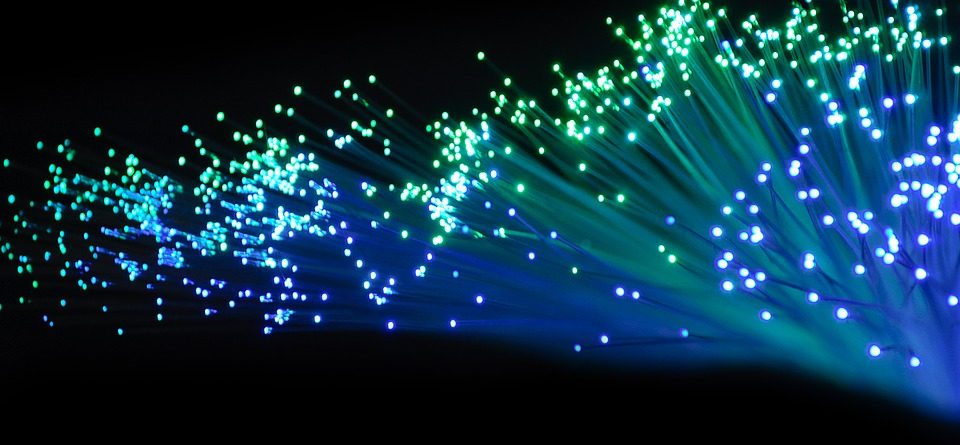Understanding Fiber To The Home
Fiber-to-the-home (FTTH) also known as fiber-to-the-premise (FTTP), refers to the concept of using optical fiber to reach individual establishments directly from a centralized station. FTTH was introduced to offer unrivaled and unprecedented internet speeds to consumers, through the application of optical-fiber transmission and communication.
Cable TV and telephone companies realised the advantages of using fiber optics way back in the 70s however, as at that, the innovation was recent and hence limited in terms of reach, the costs of switching to it were exorbitant and unfeasible. However, recent innovations and developments have vastly lowered the costs of procuring and installing FTTH systems. This has led to a rise in global demand and supply of FTTH products.
We believe that switching to FTTH makes sense due to the following reasons:
- Superior bandwidth: The internet transfer speed of contemporary internet service options pales in comparison to FTTH. In ideal conditions, FTTH can offer speeds of up to 70 Mbps. FTTH can offer superior speed because unlike copper systems which rely on electrical impulses, fiber systems rely on light impulses (photons) for data transmission. The symmetrical nature of optical fiber permits users to simultaneously upload and download content at consistently high speeds. A FTTH connection ensures that internet services such as cloud applications and HD video streams function seamlessly.
- Superior reach: Copper connections have very high attenuation rates and signal strength drops dramatically as distance from the source increases. Fiber optics in that sense is a boon to both, the consumer and the internet service provider because in an optical system the loss of signal strength is negligible even over large distances.
- Superior durability: Regular wear and tear of cables arecommon in copper systems but an issue of this nature is rare in a fiber optical system. A fiber optic cable is more durable than a copper connection and unlike a copper connection, FTTH is also not susceptible to electromagnetic interferences, which affect the performance of copper connections massively. Copper connections can also be a safety hazard as they can catch fire, but that is not the case with FTTH connections.
- Future-proof: FTTH systems and fiber solutions are gaining prominence nowadays and technological innovation is only set to grow from strength to strength in the coming future. Fiber optics systems have a lifespan of up to 30-40 years and pioneers in every field have either already switched to FTTH based IT infrastructures or are in the process of doing so. Therefore, FTTH systems are made for the present and the future and are going to be indispensable to any modern IT infrastructure.
Thus, keeping the aforementioned benefits in mind, FTTH is widely being seen as an upgrade on the existing framework of copper cable based DSL connections.
We provide end-to-end fiber optics solutions including a wide portfolio of products such as fiber cables (cat 5 cables, cat6 cables), fiber optic connectors, fiber routers, fiber optics adapters etc.






